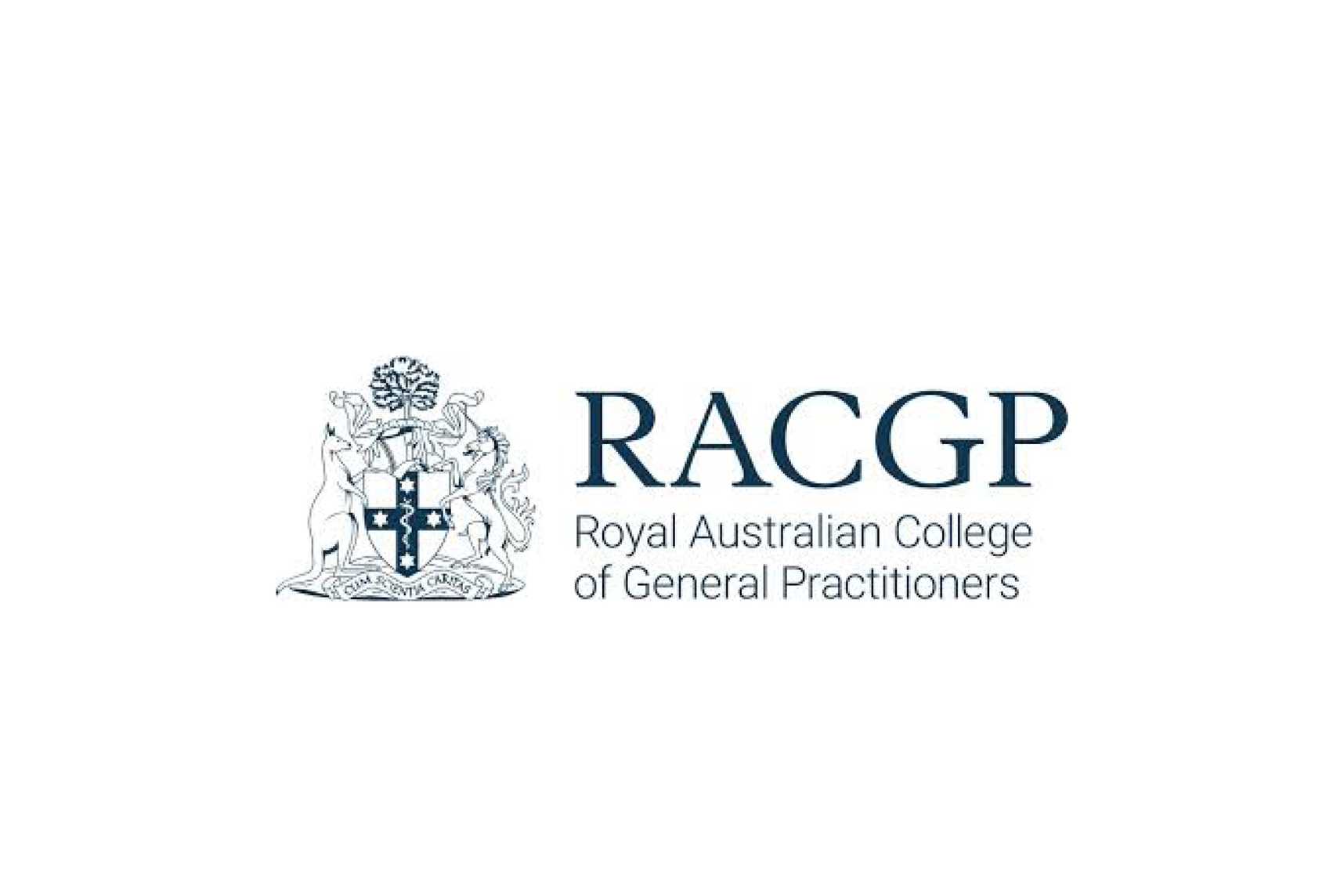
GPs ‘overwhelmed’ with eating disorders in young patients
The number of young people with eating disorders presenting to GPs is on the rise – and patients are getting younger.\
\
As teams of healthcare professionals try their hardest to help, one GP expert says social media accounts are causing untold damage by fostering online communities that support disordered eating.\
\
It is somewhat of a perfect storm, says GP Dr Andrew Leech, who works in child and adolescent mental health.\
\
‘Eating disorders have increased in prevalence and the amount of times that people present with these conditions to GPs is increasing, and the complexity is increasing,’ he told newsGP.\
\
GPs are being burnt out, Dr Leech says, by the number of these cases they are facing, particularly when psychological support services and other services are increasingly difficult to access.\
\
‘GPs are feeling overwhelmed, because it’s an area that we haven’t had to be dealing with as much before,’ he said.\
\
‘At the same time there’s less ability to get the support that we really need with eating disorders as quite often they do need a multidisciplinary approach.\
\
‘I’m less able to get patients admitted to hospital who I think do need feeding support or need a review and so we end up holding up a lot of these patients while they’re waiting which creates more risk that we have to manage, because they can medically be quite at risk, and psychologically as well.’\
\
The cohort that Dr Leech is seeing, he says, is getting younger.\
\
‘I’m seeing younger age groups than I’ve been used to and parents coming in concerned about eight-, nine- or 10-year-olds, primary school ages, as the kids are talking about food restriction, limiting their meals at dinner time or worrying about their weight,’ he said.\
\
According to a report commissioned by the Butterfly Foundation the rates of eating disorders within those aged 10-19 in Australia has doubled since 2012 – now sitting at 27%.\
\
The data estimates that the number of people with an eating disorder aged over five years old is around 1.1 million, or approximately 4.45% of the population.\
\
Dr Leech thinks social media is one of the biggest risk factors here.\
\
But it is not just curated content from the idealistic accounts of influences that is causing this, as Dr Leech points out, patients can be regularly engaged in social media content that encourages disordered eating.\
\
A recent Charles Sturt University study highlights the detrimental effects of TikTok-based pro-anorexia content on the mental health, body image and eating behaviours of young females.\
\
The research found that viewing just seven to eight minutes of this content significantly increased body dissatisfaction and ‘internalisation of societal beauty standards’.\
\
GPs are very good at tracking the medical signs of eating disorders and noticing rapid weight fluctuations, Dr Leech says, but they may not know the hidden risk factors online.\
\
He has seen this first-hand.\
\
‘The patient explained to me that in her early to mid-teens and around COVID, it became a really big thing, and it still is,’ he said.\
\
‘It’s that age group that’s the most vulnerable and so they don’t necessarily have the ability or the control to filter out that sort of influence, and that is where they get drawn into it and then hooked on it.’\
\
Dr Leech says it is time GPs change their approach, especially when talking about screen time in younger patients.\
\
‘When we would normally ask about screen time, we need to actually ask more about social media use and how young people are using their phones,’ he said.\
\
‘This might be something we ask them without the parent in the room and focus on if they are accessing this sort of content because it’s so harmful.\
\
‘We’re not there to tell them off, but to guide them through making decisions that might be healthier for them.’\
\
GPs need more education and resources to deal with the growing issue, Dr Leech says.\
\
‘We do need more training though and we need guidelines so that we can help parents through this,’ he said.\
\
‘Even fact sheets that we can give parents to say these are some really good tips for not punishing, but helping young people navigate and set boundaries on their social media.’\
\
A new RACGP-endorsed point-of-care tool for the early detection and treatment of eating disorders was launched this week.\
\
It was co-designed with lived experience people, GPs and other healthcare professionals, and includes a suite of digital tools and information designed to streamline workflow and support diagnosis, assessment and treatment of eating disorders.\
\
‘These are those types of conditions that, if it’s not picked up, will become a lot harder to manage later,’ he says.\
\
‘Prevention and early intervention are crucial for this condition.’